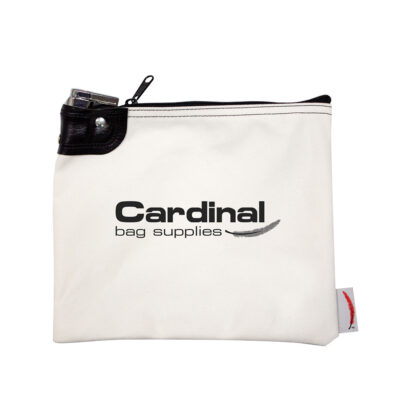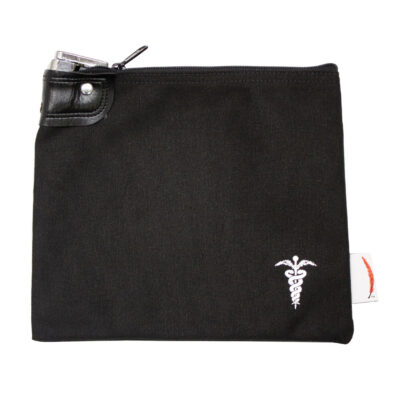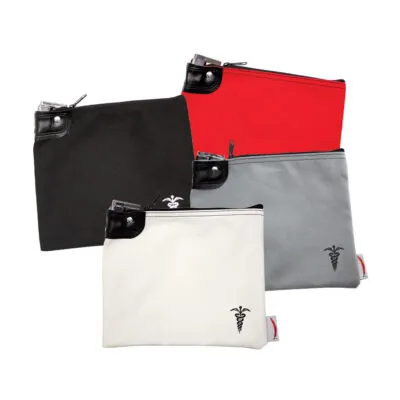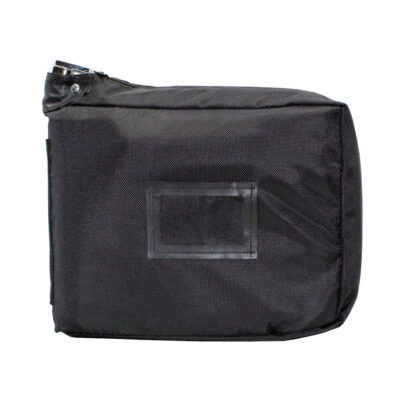Hundreds of thousands of people in the US take or are dependent on opioids. They swallow painkillers such as oxycodone or inject heroin or the often stronger acting fentanyl. It is also due to the fact that doctors have prescriptively prescribed appropriate drugs in the USA for decades.
One way to reduce the risk of opiod overdose is by using locking medication bags for all of your prescribed meds.
The opioid crisis in the US hits almost every region and social stratum, resulting in 170 deaths per day – about the passenger capacity of a Boeing 737. If such an aircraft crashed every day, the government would undoubtedly radically change the current policies of air traffic, to save lives. Tragically, the recent US government plan to tackle the crisis includes some promising measures. However, he does not suggest effective reforms. The headlines were dominated by President Trump, who demanded the death penalty for drug traffickers. Not only does he return to a harsh, law-enforcement approach that has failed for decades, but leads him to new extremes. TheThe US seems to be inspired by the repressive drug policies of those countries that have been repeatedly criticized for human rights abuses.
Such a policy is based on the belief that a drug-free society is possible. In doing so, the immense human, social and economic costs of the failed so-called war againstForget about drugs. In Southeast Asia, for example, these beliefs support violent crackdown by the police and military in the Philippines and Cambodia. The turnaround in the US could now force countries like Singapore, Malaysia, and Indonesia, which began to loosen their stance on the death penalty, to abandon necessary reforms. The impact could be even worse in the Middle East, where eleven of the 33 countries face the death penalty for a drug-related crime.
Vicious circle of prejudice, stigmatization and criminalization
A policy based on repression and disproportionate punishment does not work. Singapore provides unreliable data to support the claim that it has no drug problem. A statement that is questioned by the country’s high incarceration rate and the fact that 80 percent of prisoners have been convicted of drug-related offenses. In the Philippines, despite the more than 12,000 deaths, there is a strong crackdown on the current administration have no significant or lasting effects on drug trafficking. The Thai Justice Minister, whose country had launched its own drug war in 2003, acknowledged in 2016 the failure of this policy, which killed some 2,800 people in the first three months who were not even brought to justice.
How do you try to contain the crisis?
Opioids can obviously do bad damage. Why not simply banish the substances from pharmacies and hospitals? The reason for this is that many patients continue to benefit enormously from the drugs. In palliative medicine, they can make cancer patients a more bearable life and prevent unnecessary suffering. Even in acute pain after surgery, substances such as oxycodone perform well. So the problem is not that the drugs are in circulation at all, but that they are being prescribed in an inflationary fashion. To contain the crisis, health authorities are now trying to monitor the regulation of these drugs more – and shut down the aforementioned “pill pills”.
Another approach focuses on intervening rapidly in the event of an acute overdose. The antidote naloxone is in this respect a veritable miracle drug: it inhibits the opioid receptors in the brain, can even remove already bound opioids from the receptors – and thus prevent a threatening death. Meanwhile, many firefighters and police use the antidote to save lives in an emergency. But naloxone alone will not stop the epidemic. US ambulance surgeon Scott Weiner and co-workers studied about 12,000 patients with opioid overdose in the 12 months following the emergency. The sad conclusion: More than six percent died on the day of Naloxone. Often, patients, one did not survive the following year.
In addition, the call for low-threshold offers is loud. For example, the expansion of official drug consumption rooms for heroin and other substances is required. If there is a medical emergency, the trained staff can intervene quickly – and sometimes even save lives. However, these “fixerstuben” are controversial among conservative decision-makers, as well as the so-called drug-checking, in which users can have an unknown substance tested anonymously. If, for example, a powder contains not only heroin but also the highly potent fentanyl, a chemical analysis could warn in time of the additional ingredient and thus prevent a possible overdose.
Help us fight the opioid crisis. Protect your loved ones by using secure medication bags.











